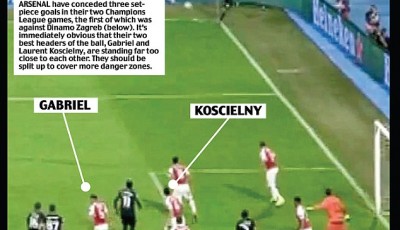Women Feel More Romantic on Full Stomach
Through the use of magnetic resonance imaging (MRI) technology, Ely and her colleagues found that the brain circuitry of non-dieters and historical dieters relating to reward responded better to romantic signals when they have eaten.
Researchers at Drexel University have come up with scientific support of the notion that a good romance starts in the kitchen instead of the bedroom. It was found that there was a lot of brain activity after watching the romantic images in the women who were quenched with food. When they were fasting their superior frontal gyrus was more responsive. Ely said the data suggested historical dieters, who longitudinal studies had shown were more at risk for weight gain, might be predisposed by their brain reward circuitry to desire food more than people who have not dieted. It resulted in the conclusion that women were more open and enthusiastic to the romantic images once their hunger was satiated.
The brain’s reward center, the ventral corticolimbic neurocircuitry, responds to such things as food, sex, money, and drugs of abuse, she said, adding that her team’s research was one of the first studies to find that one of those domains can influence the other.
Scientists found that women with full stomachs were more responsive to romantic cues than those feeling empty.
It’s not the case just for men, as a full stomach leads to an open heart for women as well, so the “wine & dine” cliché is actually quite important in pursuing romance.
Ely said, “This data suggests that eating may prime or sensitize young women to rewards beyond food”. Dr. Ely has been working on this project for quite some time now, ever since she was conducting her doctoral studies at Drexel University in Philadelphia.
The findings are detailed in the journal Appetite.
The researchers put 20 women into an fMRI machine after they had not eaten for eight hours.
Highly palatable food cues included temptations such as chocolate cake while an example of a neutral cue was carrots. However, with the historical dieters, an unusual pattern was observed.
So they compared their brain activation when looking at a romantic picture versus a neutral image, in both a fed and fasted state. Both dieters’ and non-dieters’ got “in the mood” after being fed.
Particularly, the scientific team studied whether the brain’s satisfaction response to food was significantly different in women inclined to future obesity, because of their metabolism, with a history in dieting, vs. non-dieting women.












